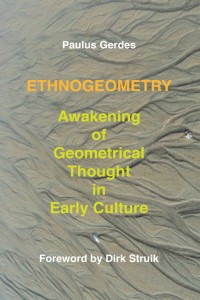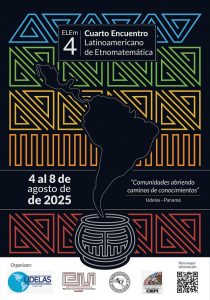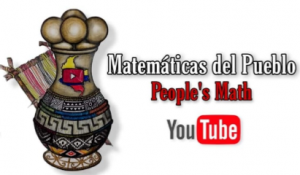Book “Ethnogeometry: Awakening of Geometrical Thought in Early Culture”
I have the pleasure to announce the new edition of my book “Ethnogeometry: Awakening of Geometrical Thought in Early Culture”, both in printed paperback format and as free downloadable eBook.
“Ethnogeometry: Awakening of Geometrical Thought in Early Culture” is the second edition of a briefer version in English of my Ph.D. thesis concluded in 1985. A German-language version was first published in 1990, with a foreword by Peter Damerow (1939-2011) of the Max Planck Institute for the History of Science, Berlin. Portuguese-language editions have been published in Mozambique (1991, 2012) and in Brazil (1992), with a foreword by Ubiratan D’Ambrosio of the State University of Campinas, Brazil. The first English-language edition was published in 2003 in the USA by MEP Publications (University of Minnesota, Minneapolis MN, USA) under the title “Awakening of Geometrical Thought in Early Culture”, with a foreword by Dirk Struik (1894-2000) of the Massachusetts Institute of Technology (MIT). In a review in “The Mathematical Intelligencer” (1987), Donald Crowe of the University of Wisconsin used the expression “ethnogeometry” to characterize the research line exemplified in the book. In the present second edition, the expression “ethnogeometry” has been added to the title.
The book considers early geometrical thinking, both as embedded in various social activities surviving colonization in the life of the peoples of the “South,” and in early history. Chapter 1 discusses briefly some standard views of the origin of geometrical concepts. Chapter 2 analyzes alternative views of geometry. Chapter 3, constituting the principal part of the book, analyzes the emergence of a series of early geometrical concepts and relationships in socially important activities. Questions such as these are considered: “Where could the concept of a right angle have come from? Where did the idea of a regular hexagon arise? How is it possible to determine the rectangular base of a building?” Chapter 4 presents, on the basis of the ideas and the methodology developed in the previous chapter, a series of hypotheses on the possible role of social activity in the development of geometry in ancient Mesopotamia and Egypt. The last chapter offers some general ideas on the awakening of geometrical thought based on the analysis in this book. (2014, 220 pp.).
The new edition by the Mozambique Higher Institute for Technology and Management (ISTEG, Boane, Mozambique) is distributed by Lulu (http://www.lulu.com/spotlight/pgerdes):
Printed version:
eBook edition:
The Portuguese language edition of “Ethnogeometry” and several other of my books in English and other languages are also distributed by Lulu. The eBook versions are downloadable for free. To download any eBook you have first to add it to your shopping cart. The printed and eBook versions are available at:
http://www.lulu.com/spotlight/pgerdes
Best wishes for 2014!
Paulus Gerdes
Postal adress: C.P. 915, Maputo, Mozambique
paulus.gerdes@gmail.com
http://www.lulu.com/spotlight/pgerdes (free eBooks)




